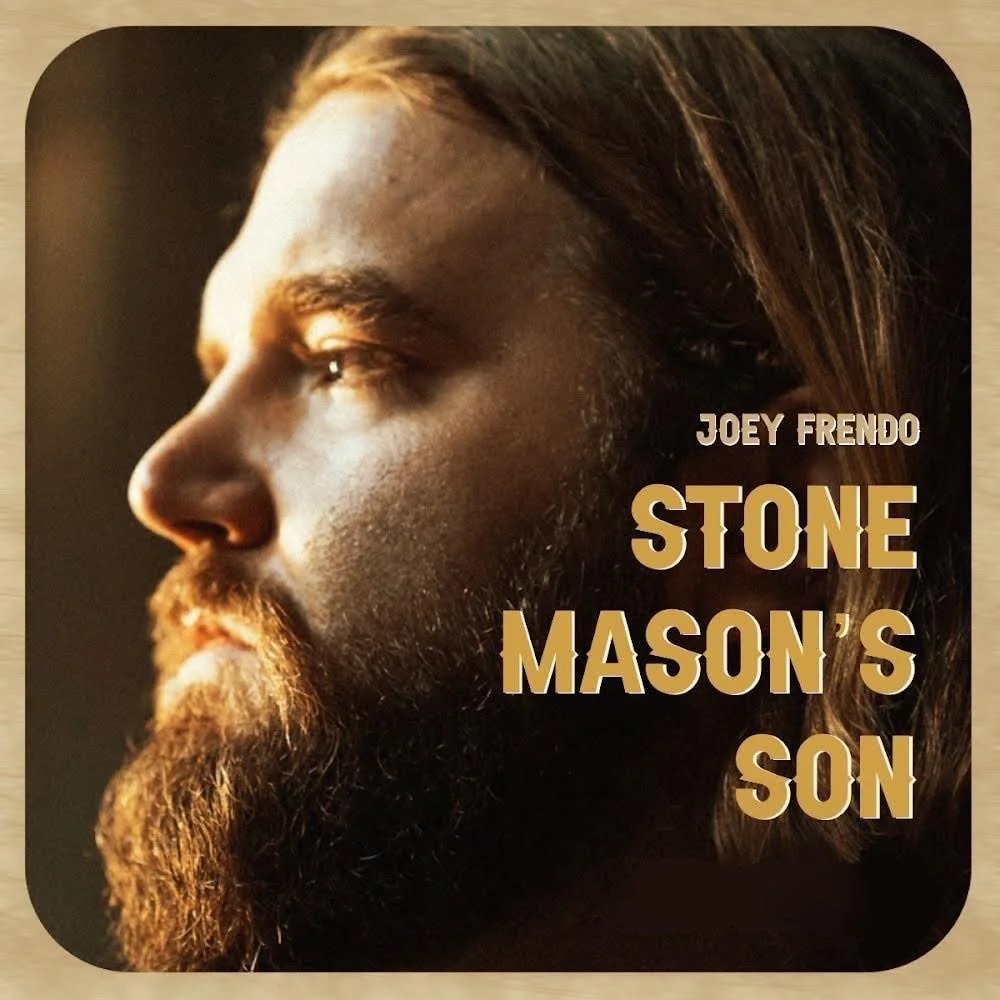Dylan Earl: I Saw the Arkansas
Being a touring musician is living life in a juxtaposed state. They long for the road and performing when they are at home, yet long for home when they are on the road. Their creativity and free-natured souls thrive when they are out traveling, sharing their craft and entertaining. But, the softer and more introspective part of them is just as important to their craft and balance of life. Dylan Earl is all of a hard-driving road dog and a thoughtful poet. His third full LP and first release with Gar Hole Records, I Saw the Arkansas, displays the give and take, the realizations of what matters most and learning how to navigate it all.
I chatted with Dylan Earl a few weeks ago about the album themes, his influences and his writing processes. He feels that he doesn’t pull influences from just one source. Dylan benefits from being challenged by his contemporaries such as Willi Carlisle, Jude Brothers and Nick Shoulders. He also feels connected to the Arkansas artists and writers that came before him like Jimmy Driftwood, Frank Stanford and Vance Randolph who were all influenced by the folklore and wild beauty of Arkansas as well. Dylan cited that most of his song ideas come to him while driving. He doesn’t listen to other music when he’s driving alone so he can better formulate ideas and melodies. Most of the time his writing will revolve around one line and then he’ll sit down with it and build upon it from there. Most of his songs are initially melody driven and later paired with lyrics.
Photo by Matt White
The album opens with the title track, “I Saw the Arkansas.” The waltz number is best described as a love song to his home state of Arkansas. Although Dylan Earl, often referred to as Dearl, was born in Lake Charles, Louisiana, he has spent a great deal of his life as a resident of Arkansas. He considers “The Natural State” his true home; his true North. And although he is grateful for the places he has been and the people he meets on the road, he feels most comfortable and grounded when he’s in Arkansas. The song is a gentle waltz in contrast to the rowdy Tanya Tucker recording that conveys the same concept: “Texas (When I Die).” Both songs declare love and devotion to their respective home states. The narrator wants to die in their “true home” or at least be brought back there as their final resting place. Dylan’s lyrics reference a recurring dream in which an Arkansas traveler and Arkansas poet Frank Stanford have passed away and they descend upon their kind of Heaven: overlooking the Arkansas River from a levy. “I Saw the Arkansas” captures the feelings Dylan, himself, has when he returns home and looks upon the surrounding beautiful and wild land of the Arkansas River, the Ouachita Mountains and the foot of the Ozarks.
“White Painted Trees” was an early favorite for me and the latest single release from the album. I found it had so many little nuances within the lyrics that seemed to be very intentional. Dylan admitted that this song was full of little inside jokes. Most individuals don’t know why trees are painted white or bother to even notice them. I was particularly amused by the use of “sundry” in the song. When I made mention of that to Dylan, he was proud of that line because it’s one of his favorite words and he likes to use it even in day-to-day dialogue. During our conversation, he talked about the idea for the song revolving around things he observed while quarantining with friends in rural Arkansas and taking a duck hunting trip to the Delta. The song is lighthearted and finds the poetic in the mundane. Even though everyone was struggling to get through a pandemic, Dylan said it was some of the most enjoyable and relaxing times of his life. He was able to hone in on his creativity and also learned to better appreciate the simpler things when faced with challenges.
“This is how we have our fun / Make excuses for another sundry run /
Pop into Marvell and take Joe Caruso for a ride”
“Through white painted trees / Cotton in the, in the Delta breeze /
I may need all of these things to get me through”
The first single and video release from the album was “Buddy.” It starts off with a soft and slow plea and then dives into an up-tempo romp about band life on the road. Dylan refers to “Buddy” as an experiential song. He gives the listener a peek behind the curtain of the ups and downs and experiences of touring musicians.
“It’ll be hard livin / A little scary when it ain’t fun /
Like bandits on the run from nothing / In a Ford Econoline”
It’s not all glitz and glamor. Oftentimes, it can be uncomfortable and dangerous. But the moments when you are greeted with friendly faces and building fond memories, makes it all worth it. Dylan said that he found jogging to be his best source of mental unload, particularly when on the road. In the video for “Buddy,” videographer Nick Futch, captures various clips of Dylan out on his daily runs along with the band traveling in the van and enjoying some downtime with a few cold beers at their favorite watering holes.
“We’ll keep on honky tonkin / We’re gonna push ‘em ‘round the floor /
Until they can’t walk out the door / And sometimes neither can we”
The shared experiences Dearl has with his fellow songwriters, musicians, fans and random acquaintances is important not only to his craft, but to his social consciousness. Dylan’s velvety baritone lands somewhere between Keith Whitley and Randy Travis. I Saw the Arkansas delivers contemplative, heartfelt, expressive vignettes with a classic 90’s country sound. It’s his best work thus far and an album that you will find yourself coming back to time and time again.
Find out more about Dylan Earl at the links below:







